Unveiling the Mysterious Death Practices of Ancient Western Mexico
Uncover the Tyrian Tombs tradition and the remarkable artistry of Western Mexico's ancient art. This journey through time offers insights into Mesoamerican societies during the classical period and their beliefs and practices surrounding life and death.

Throughout history, death has been an ever-present facet of human culture, with various celebrations and manifestations surrounding it. Mesoamerica, a vast geographic-cultural region encompassing modern-day Mexico, Guatemala, Belize, El Salvador, and portions of Honduras, Nicaragua, and Costa Rica, was home to remarkable civilizations that practiced complex death-related ceremonies with great reverence between 1500 BC and 1521 AD.
Archaeologists and specialists have divided the Mesoamerican region within present-day Mexico into five minor regions to better comprehend the cultural and artistic expressions of the pre-Hispanic era. These regions include the Mayan area, the Gulf Coast, Oaxaca, the Central Highlands, and the West of Mexico, with the latter being our focus on this occasion.
Western Mexico's Ecological Diversity
The western region of Mexico boasts an impressive range of ecological and topographical diversity, comprising the current states of Guanajuato, Guerrero, Michoacán, Colima, Jalisco, Nayarit, and Sinaloa. Except for Guanajuato, which sits in the country's center, these states all border the Pacific Ocean, offering a crucial means of communication for pre-Hispanic peoples, who established cultural contacts with distant sites in South America, such as Colombia and Ecuador.
The vast expanse of Western Mexico encompasses a geography that includes at least four distinct ecological zones, in addition to the Pacific coast. Among these are the volcanic highlands, characterized by rugged topography and numerous volcanoes belonging to the mountain ranges that traverse the region, including the Sierra Madre Occidental and the Neovolcanic Axis. The Bajío plateaus are also a notable feature, formed by the mountain ranges over time and home to stunning lake basins like Pátzcuaro, Cuitzeo, and Chapala. The climate in this region is always temperate, with summer rains resulting in evergreen vegetation and dense coniferous forests.
Other ecological zones in Western Mexico include the lush meadows surrounding major rivers like the Balsas and Santiago. In smaller areas such as "El Infiernillo," the dominant vegetation is of a semi-desert type, with tremendous heat and dryness prevailing. In essence, Western Mexico is a mosaic of topographic and ecological diversity that provided an ideal backdrop for the emergence and growth of mysterious cultures. These cultures left a rich artistic legacy in their funerary burials, showcasing unique and stylish contributions.
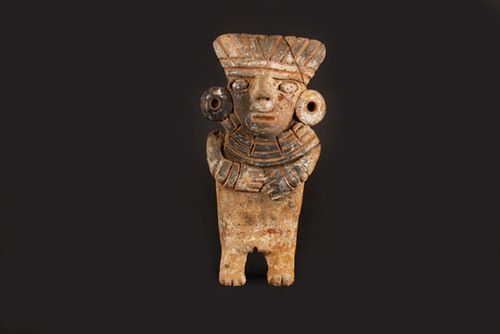
Preclassic Era Culture Expansion
Specialists refer to the period preceding the Christian era as the Preclassic, a time during which various cultures thrived in Western Mexico, particularly in the regions of Michoacán and Guanajuato. Among these were the Capacha and Chupícuaro cultures, which stood out for their remarkable peasant art, primarily consisting of small clay sculptures depicting women.
These figures are believed to be among the earliest expressions of the worship of mother goddesses and the feminine aspects of nature, much like those produced during the same era in the Central Highlands. Additionally, the cultures crafted countless ceramic vessels adorned with symmetrically designed geometric shapes.
During this distant era, the villagers also established a tradition of burying their dead alongside various objects that were believed to connect them with their living relatives. These burials typically took place beneath the villagers' homes, further solidifying the notion that life and death were forever intertwined in an endless cycle. The Preclassic era was a time of artistic and cultural expansion for Western Mexico.
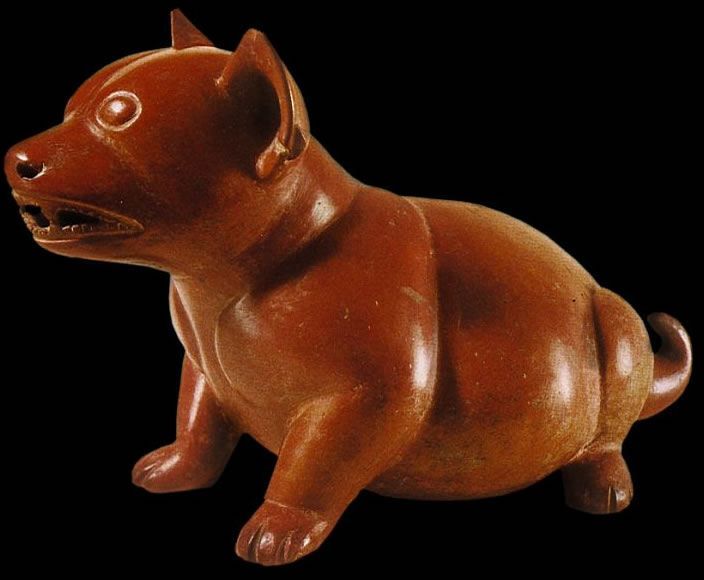
Tyrian Tombs of Mexico
It is fascinating to learn about the "tradition of the Tyrian Tombs" in western Mexico during the classical Mesoamerican period. The deep tombs dug into compact terrain and the rich offerings found inside them suggest that the ancient inhabitants of the region had a profound belief in the afterlife and the journey of the soul.
The hollow clay figures found in these tombs are truly remarkable works of art, reflecting the creativity and ingenuity of the people who made them. The figures depict men and women in various poses and attitudes, providing a glimpse into their daily lives and even their experiences of war and disease.
It is intriguing to note that this art form was exclusively funerary, created with the sole purpose of accompanying the deceased on their journey to the kingdom of the dead. This highlights the cultural significance of death and the afterlife in the beliefs and practices of the ancient people of western Mexico.
The "tradition of the Tyrian Tombs" provides valuable insights into the artistic, cultural, and spiritual practices of Mesoamerican societies during the classical period, and serves as a testament to the creativity and ingenuity of ancient peoples in their quest to understand and honor the mysteries of life and death.
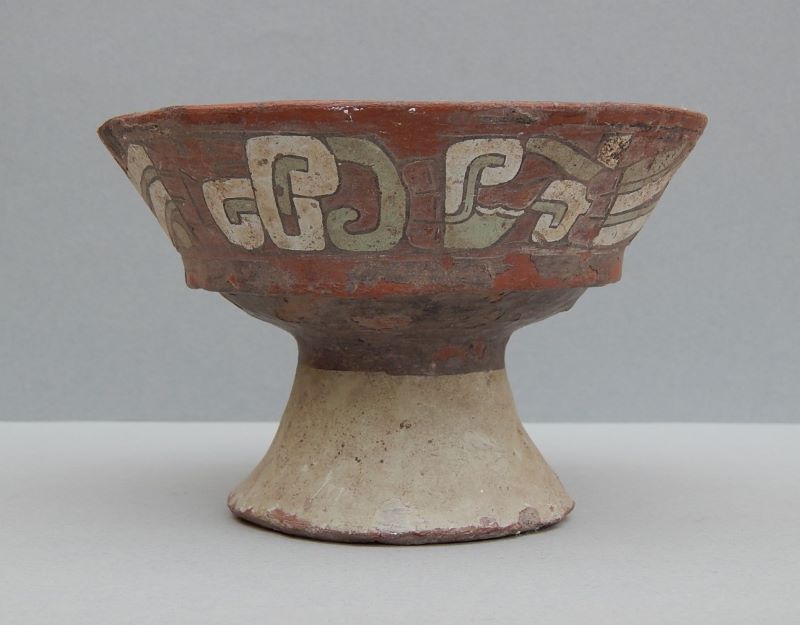
West Mexico's Ancient Art
Western Mexico's ancient art is notable for its impressive naturalism and diversity, which reflects the creative freedom of the potters who were not constrained by highly complex political structures imposing specific images, forms, or styles, as later occurred in the Mexican era. The funerary sculptures, especially the larger hollow ones, showcase the highest levels of artistic expression, technical skill, and individuality, with each piece bearing a unique seal and beauty. Moreover, the sculptures reveal various styles that correspond to the different regions where they were discovered.
For example, in Colima, the artists crafted figures of deformed, hunchbacked, or sick individuals with meticulous attention to detail, highlighting the physical characteristics of the ailments of their time. Colima is also the birthplace of the famous fat dogs, animal figures that sometimes served as vessels, and were admired and collected by the renowned master Diego Rivera in the first half of the 20th century. These charming sculptures depict the Xoloitzcuintli or dog of the ancient Mexicans, which was occasionally buried with the dead to guide them through the underworld's dark and cold paths.
In Jalisco, the sculptures depict individuals with large faces, robust women displaying their nudity with pride, and warriors dressed in armor brandishing their weapons in fierce attack positions. Ixtlan del Rio in Nayarit is home to the figures of men and women wearing multiple metal rings hanging from their earlobes or nose, as was fashionable at the time, just as many people today adorn different parts of their faces and bodies with earrings.
Western Mexico's ancient art is a testament to the potters' creativity, technical prowess, and individuality. The sculptures' naturalism and diversity reflect the absence of strict artistic norms, allowing for a more authentic representation of the people and animals of their time.
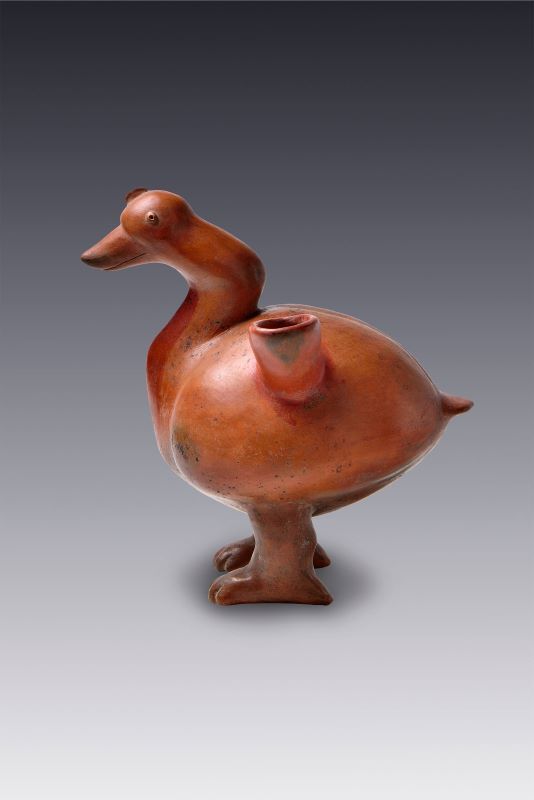
Tarascan Empire's Military Might
In the post-classic period, significant changes occurred in the region that corresponds to modern-day Michoacán, specifically around the Pátzcuaro lake basin, where the Tarascan Empire emerged and thrived, speaking the Purepecha language. Their power and strength lay in their military might, and they were skilled in metallurgy, working with gold, silver, copper, and even the first bronze alloys. Their weapons and tools made from these metals helped to reinforce their dominance over western Mexico.
The Tarascans had their capital in Tzintzuntzan, where the unique architectural ensemble, Las Yácatas, still stands today. This city was contemporary with Mexico-Tenochtitlan, the famous capital of the Mexica Empire.
Historical accounts reveal that the Tarascan and Mexica empires, both dominant military powers of their time, clashed violently twice in the latter half of the 15th century, with devastating results for both sides. However, fate intervened, and in 1519, the ships commanded by Hernán Cortés arrived on the coasts of the East, beginning the conquest of Mexico, with well-known outcomes.
Despite the tragedy of the conquest, the cultural significance of these people and their artistic works endures to this day. The capital cities of the Tarascan and Mexica empires were destroyed, making way for the Spanish Colony, but fortunately, their legacy and treasures remain for future generations to appreciate.
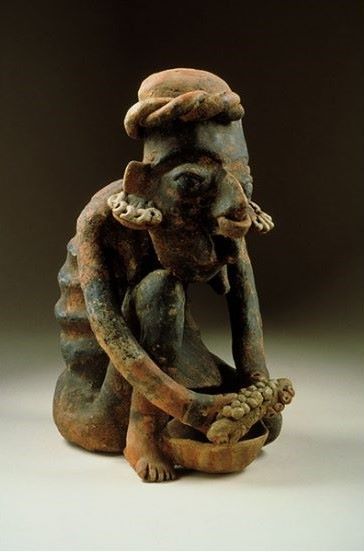
Full Citation:
Correo del Maestro. Núm. 42, Felipe Solís, Angel Gallegos, Arte funerario en el Occidente de México durante la época prehispánica, pp.39-46.




